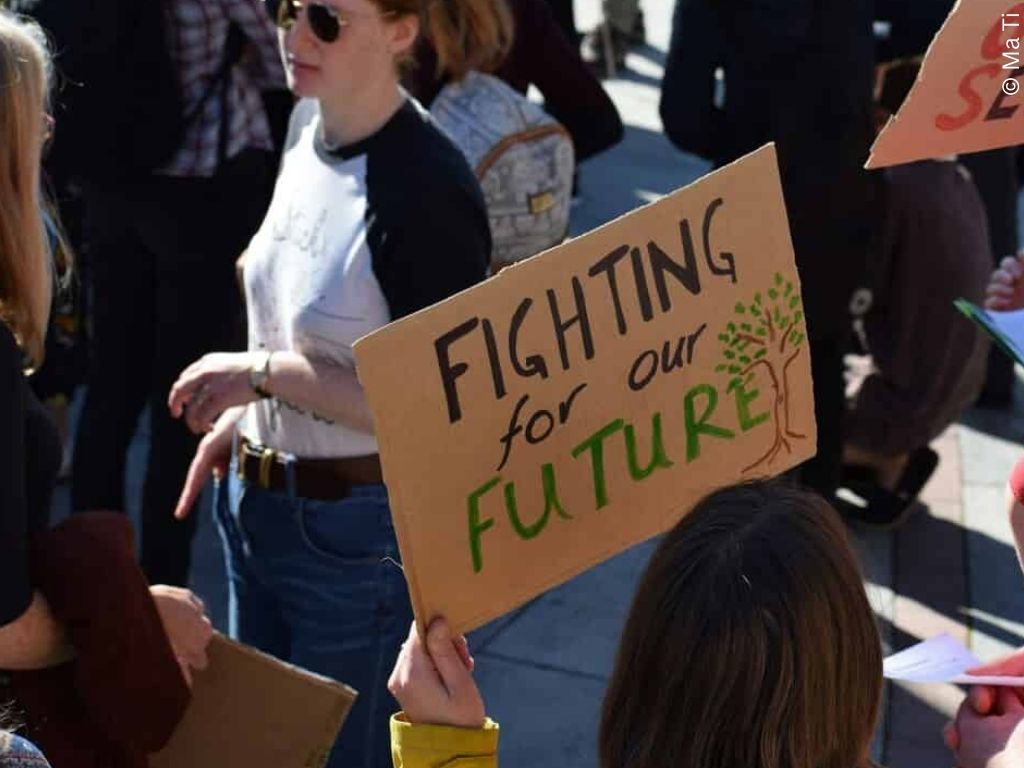Writing Hopeful Climate Fiction for Middle Grade Readers
Many children suffer from climate anxiety. Rupert Barrington asks, how can children’s fiction help them?
DOI:
https://doi.org/10.58091/SC82-EN91Keywords:
creative writing for young people, climate, anxiety, hope, responsibilityAbstract
Many children suffer from climate anxiety. How can children’s fiction help them? Through the lens of three Middle Grade novels – The Last Bear by Hannah Gold; A Cloud Called Bhura by Bijal Vachharajani and Where the World Turns Wild by Nicola Penfold – this essay examines the nature of climate anxiety, asks why addressing it for Middle Grade readers is particularly important, and looks at ways in which authors can write hopeful and helpful climate change stories.
Research shows that many children feel adults do not talk to them enough about climate change, which can lead to feelings of helplessness. This is where story-telling can come in. I suggest that fiction writers can draw inspiration from Greta Thunberg, who has empowered children by speaking of their fears and offering them a shining example of how a child can make a difference.
Offering hope is vital, both to children’s mental well-being and indeed for the future of the planet. Hope is about imagining a desired future and taking action to bring it about. In hopeful climate fiction children can explore the world’s troubles in a safe way, and take inspiration from the actions and feelings of the protagonists. I discuss the responsibilities of authors of climate-fiction in this context.

Downloads
Published
Issue
Section
License
Copyright (c) 2025 Rupert Barrington (Author)

This work is licensed under a Creative Commons Attribution-NonCommercial 4.0 International License.
CCBY-NC-4.0

